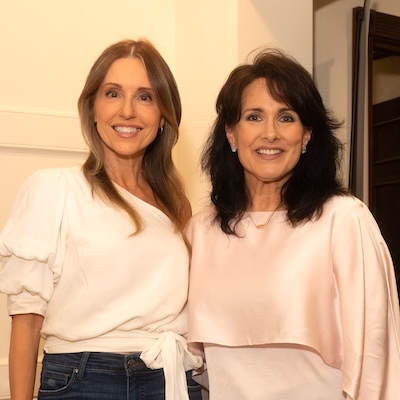As large numbers of applicants are hustling for very limited job openings, every small detail counts to stand out in the crowd when being selected for a job interview.
In this high-pressure situation, first impressions count, but can color affect the interviewer's perceptions and help you get a job?
Resume.io surveyed 2,786 employees and asked them what color they wore in their interviews when they got offered a position within the company, to find out what colors are more likely to get you a job - and the ones that can destroy your chances of being hired!
The results:

Resume.io got in touch with Lee Chambers, Psychologist and Wellbeing Consultant, to get a better understanding of the psychological effects that each color can have and what it tells about your personality.
He says:
"The intriguing reality is that every color has positive and negative connotations, and this can be utilized when you consider the type of role and industry you are looking to succeed in, as well as the personality you want to promote.
Advisors will often tell you to go sensible for the traditional staples of black, navy and grey, so let’s look at this from a broader perspective:
Blue: A popular choice that exudes calm confidence and authority. It can place employers in a place of serenity but doesn’t convey dynamism and creativity, especially in lighter shades.
Purple: The color of authenticity, status and non-conformity. It confers confidence, charisma and a certain boldness that isn’t as welcomed in some professions. It can also be a creative statement and suggest a strong personality, which sends the message that you might not be as flexible fitting into the company culture. Use a muted color to take the edge off, and it comes into its own.
Black: Black is an intense color, portraying leadership qualities, elegance and seriousness. However, dress like a shadow, and you will suddenly look untrustworthy and a little menacing.
Green: The universal color of growth and serenity, but not the easiest color to implement. It suggests you’re open to training and learning, and have a calm disposition. But it also relates to a lack of cutting edge, and a quieter creative tendency that may be left behind in fast-paced positions. Some people still anchor green as the color of envy, and this can be a consideration for higher-level positions.
Red: Ever the vibrant flame, red is the color of power and passion. It tells everyone you are an energetic and social character, and can be great for those who are a little quieter by nature, as red clothing with an exuberant personality can be overpowering for some interviewers. It can also signal that you might like some conflict to perform at your best.
Yellow and Orange: The happiest colors we know, and a splash of these instantly singles you out as a joyful person. You are fun to be around, often smiling. However, both colors give a feeling of unease over time, and generally are associated with a lack of seriousness and commitment, not a great first impression. Add a splash to show your creativity and save more color for the work social once you’ve secured the position."
White: On its own, it's clinical and uninspiring. But on the flip side, it shows that you are organized enough not to spill coffee on yourself. It delivers a message of clean, concise work, but a lack of innovation. A great base to add flashes of another color.
Grey: The ultimate color of safety and logic. Grey transmits a candidate who uses their initiative and analyses situations. It doesn’t convey confidence or courage and needs a pop of color to show your personality.
Brown: Less prevalent, but is a robust and earthy color. It speaks for reliable, grounded individuals, resilient and dependable. It isn’t a forward-thinking color, and displays a preference for tradition values. It can suck a little energy from the room, so use it mindfully.
Other quick psychological tips:
Don’t go monotone or technicolor dream coat: If you go as one block color, you will appear one dimensional, inflexible and generally lacking complexity, which is vital in some roles. Use color tones and shades that complement and contrast and find a balance that feels right for you.
Muted shades can win the day: If you want to go as your favorite color, maybe consider a muted shade or as a secondary color, as bold and overbearing is often a risky first impression to make.
Research the company colors: We should all do this, but look a little deeper. What are the company's colors? What do the current employees dress in? What is the culture like? In the world of the internet, we can find out an excellent blueprint to base our interview dressing on.
Be authentically you: Interviews put us in a high arousal state and being dressed comfortably and in a color that feels like you is like a warm hug. Choose colors that reflect who you are, consider the bigger picture, and you cannot go far wrong."









